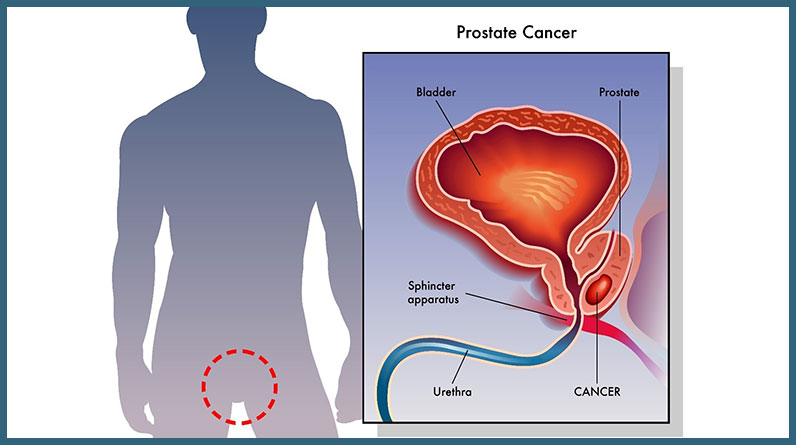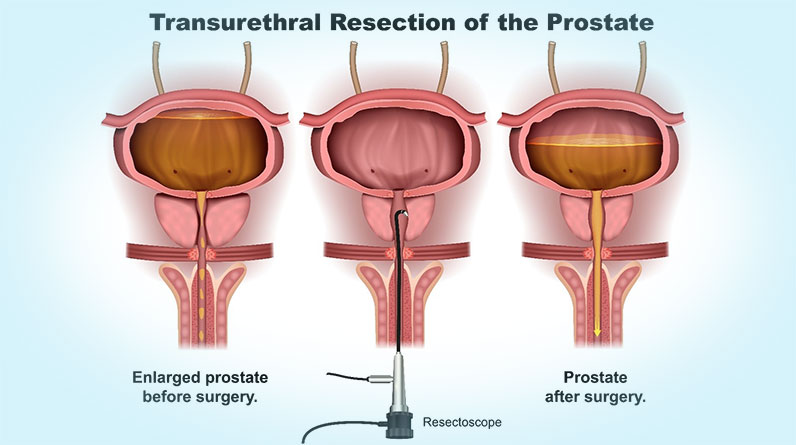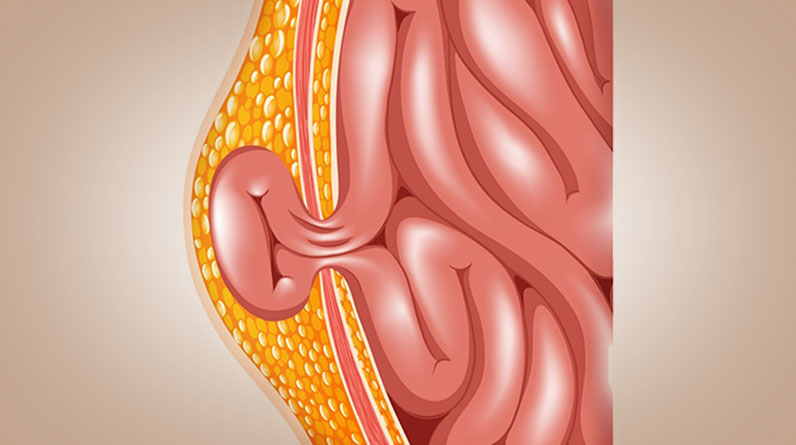
Prostate Health: Prostate Cancer Diagnosis And Treatment
Cancer is a disease process that affects almost anyone, yet some cancer types are specific to males, such as prostate cancer. Prostate cancer has a high prevalence in men. In fact, prostate cancer is the leading cancer diagnosis in men, accounting for more than 1 million cases annually (approximately 100,000 cases in the United States alone). Of the cancers that occur in males, prostate cancer has a 99% five-year survival rate, which is excellent.
While prostate cancer is quite common, it is usually a slow-growing cancer, making it less life-threatening. In addition, it’s one of the most treatable cancers due to the likelihood of it being detected at an early stage; 90% of cases are detected early.
The following will discuss the diagnosis, causes, and effective treatment of prostate cancer.
Prostate Cancer and Types
The prostate is a gland located in the lower pelvis of males which is responsible for the production of semen, the fluid that nourishes and protects sperm cells. The prostate, which is regulated by testosterone, plays a major role in human reproduction.
Prostate cancer is the growth of abnormal cells within the prostate gland. While this type of cancer is known to grow slowly and is often detected early, prostate cancer can spread throughout the male body and lead to death if undetected.
As with most cancers, the extent of growth or the cancer stage is the determining factor in developing a treatment plan. The rate of growth further categorizes prostate cancer. Faster-growing prostate cancer is defined as aggressive, and slower-growing prostate cancer is defined as non-aggressive.
Aggressive prostate cancer will require much more rapid and sometimes radical treatment.
The Prognosis & Diagnosis of Prostate Cancer
The diagnosis of prostate cancer is usually made through regular health care visits with a physician. On occasion, some symptoms can lead to the diagnosis, such as blood in the urine or pelvic pain; however, prostate cancer often doesn’t produce any symptoms. The fact that prostate cancer is usually slow to progress means that it usually doesn’t lead to any immediate health problems.
The following are the two most common ways to discover the diagnosis and determine if another condition, such as hyperplasia of prostatitis, exists:
- Prostate Check
- PSA Level Check
These will require regular visits to see a doctor or other health care provider. Unfortunately, many males do not see their doctor regularly, which is why even a slow-growing cancer can develop into an advanced stage. Thus, seeing your doctor regularly is the best way to prevent this poor outcome.
A prostate check requires a complete rectal exam in order for the doctor or healthcare provider to palpate any abnormality of the prostate. For example, the prostate can be markedly enlarged or have palpable nodules, which can represent an abnormal growth or tumor. This examination, in addition to testing the PSA level, or prostate-specific antigen level, is the best early testing to diagnose if the prostate has possible cancer. The PSA level is a blood test that measures the level of prostate-specific antigen in the blood. High levels of this test have correlated with prostate cancer in men.
Other diagnostic techniques include biopsies of the prostate and other radiological scans, such as MRI scans and CT scans.
Prostate Cancer Treatment Protocols
For men who have been diagnosed with prostate cancer, treatment protocols will depend on the stage of the cancer. Treatment protocols can include surgery, chemotherapy, radiation, hormone therapy, or all of the above.
The following are the most common and effective treatments for men with prostate cancer:
- Hormone Therapy
- Chemotherapy & Radiation
- Prostatectomy
- Immunotherapy
- Lifestyle Changes
Advanced treatment of prostate cancer will often involve one or more of three of these treatments: Hormone Therapy, Chemotherapy, Radiation Therapy, and Prostatectomy.
Hormone Therapy
Because the prostate is primarily reliant on testosterone production for its function, hormone therapy to counteract testosterone has been effective in preventing further cancer growth.
Chemotherapy
A standard regimen used to treat prostate cancer is chemotherapeutic drug administration. There are many different types of chemotherapy drugs for prostate cancer, the most commonly used drug being docetaxel (Taxotere).
Immunotherapy has also been an alternative therapy in some cases for men with prostate cancer.
Radiation Therapy
Another common treatment for prostate cancer has been the use of external beam radiation as well as internal radioactive seeds inserted into the prostate tissue. Internal radiation seeds (brachytherapy) are used for early-stage cancer, whereas external radiation is usually used in advanced prostate cancer that has spread.
Prostatectomy
Prostatectomy is a definitive surgery in which the prostate gland is partially or entirely removed. Depending on the severity level of spread and the size of the tumor, the surgeon may remove the gland in its entirety.
Final Thoughts
While prostate cancer is the most common cancer diagnosis in men, the general outlook of such a malignancy is quite positive.
Prostate cancer treatment has proven to be very effective and has led to better 5-year survival rates than other cancers. But, of course, the earlier the diagnosis is made, the better the outcome of men with prostate cancer. In addition, because prostate cancer is such a slow-growing cancer, the likelihood of early detection is high.
The most important aspect of managing prostate health is the regular checkup with your physician or healthcare provider, ensuring the best possible chance of early detection and treatment.






